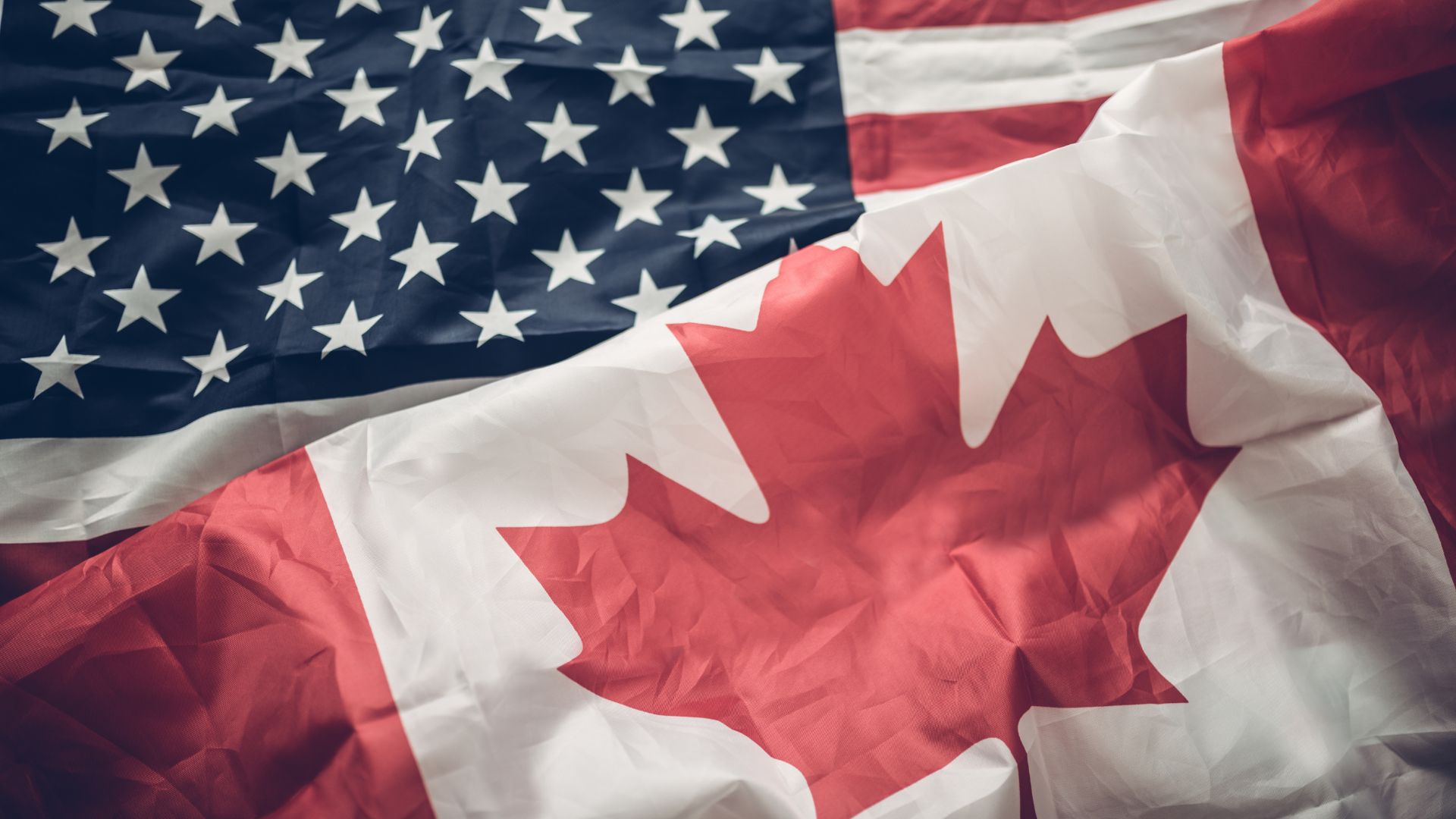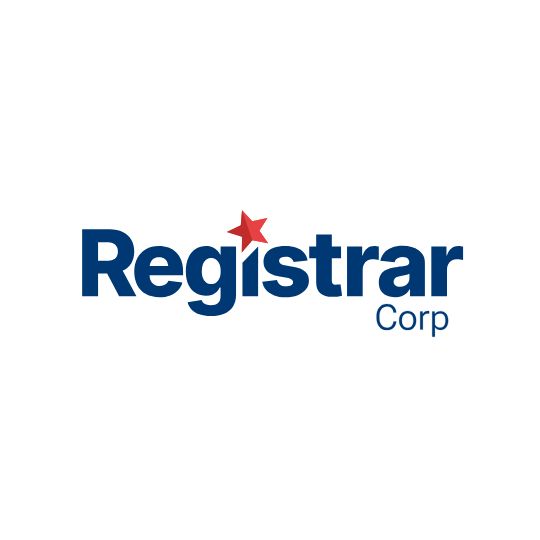For many US-based cosmetic brands, Canada feels like the natural next market: it’s close, it’s English-speaking (in part), and it shares many consumer trends with the States. On paper, Canada’s process looks simple: no pre-market approval, no license, no Health Canada “registration” in the sense that the FDA doesn’t have for US cosmetics either. But the reality is that Canada’s requirements are stricter in a few key ways — and those small differences catch many first-time exporters off guard.
From the Cosmetic Notification Form to bilingual labelling, ingredient restrictions, and Responsible Person rules, selling a US-made cosmetic in Canada involves more than just crossing the border. Understanding how the rules really work means the difference between a smooth launch and a shipment stuck at customs.
Step One: Confirm It’s Actually a Cosmetic in Canada
One reason US brands trip up is because Canada’s definition of a cosmetic, while similar, is legally tighter when it comes to claims. Under Canada’s Food and Drugs Act, a cosmetic is any product applied to the body to clean, beautify, improve, or alter appearance. That includes creams, perfumes, shampoos, makeup, and deodorants.
The moment a product claims to treat or prevent a health condition — like curing acne, repairing eczema, or blocking fungus — it may be classified as a drug or natural health product in Canada. Those categories require pre-market licensing, ingredient evidence, and an entirely different compliance path. So, the first step is simple but vital: review every marketing statement, label claim, and online description for drug-like language that crosses the line.
The Cosmetic Notification Form: Non-Negotiable
Every cosmetic sold in Canada must have a Cosmetic Notification Form (CNF) on file with Health Canada. Unlike the US, where no product filing is needed, Canada makes this form mandatory. Technically, it must be filed within 10 days of a cosmetic being sold, but in practice, it’s required before shipping, because customs agents, retailers, and distributors will ask for proof of filing.
A CNF isn’t a complicated license — but it’s detailed. It asks for the product’s name, function, format, intended use, full ingredient list with proper INCI names and concentrations, manufacturer details, and the Canadian Responsible Person who stands behind the product in Canada. If anything changes — the formula, the label, or even the importer — the CNF must be updated.
Many US brands learn too late that missing or sloppy CNFs are a top reason shipments get stuck at the border or retailers refuse to stock the product.
Ingredients: US Approval Doesn’t Mean Canadian Approval
A key difference between the US and Canada is that Canada enforces a clear Cosmetic Ingredient Hotlist — an administrative list of banned or restricted substances for cosmetic use. An ingredient legal in the US may be banned or capped at a lower percentage in Canada.
If your product contains a color additive, preservative, fragrance compound, or UV filter, check that ingredient against the Hotlist. Also, keep in mind that Canada recently tightened requirements around fragrance allergens. Certain common fragrance components must be listed separately on the label if they exceed tiny thresholds — something US brands often overlook when reusing domestic labels.
Bilingual Label Requirements
In the US, your label only needs to be in English. In Canada, labels must comply with the Consumer Packaging and Labelling Act, which requires that core information — product identity, net quantity, directions, warnings, and the word “Ingredients” — appear in both English and French. The ingredient names themselves stay in standard INCI English, but all other required statements must be bilingual. Failure to meet this rule is a common reason for shipments being refused or relabelled at the importer’s expense.
Appointing a Responsible Person in Canada
Unlike the US, Canada requires every cosmetic to have a Responsible Person with a valid Canadian address. This is the legal point of contact for Health Canada if there’s a problem — whether that’s a label inspection, safety complaint, or request for clarification. Many US brands don’t have a Canadian office, so they must appoint a local agent or service provider who agrees to take on this role properly.
A P.O. box or unverified contact won’t cut it. If the Responsible Person can’t answer Health Canada’s questions quickly, the product’s CNF can be challenged, and shipments can be held or refused.
E-Commerce Adds Extra Visibility
If you plan to sell direct-to-consumer from the US through a website or marketplace, Canadian rules still apply the moment you actively target Canadian buyers. That includes accepting CAD, listing shipping times to Canadian provinces, or running ads to Canadian audiences.
Your online store must match your physical label in claims and content. If you promise benefits online that push your product into drug territory, you risk an enforcement notice. Health Canada treats your online store and advertising as part of the product’s official representation — so the same rules about claims, ingredients, and language apply.
Customs Checks and Import Controls
When U.S. products cross into Canada, customs can inspect shipments to verify that the product matches its CNF, that the Responsible Person details are in order, and that the label meets bilingual and Hotlist rules. If a product is found with banned ingredients or missing bilingual text, it can be refused entry and sent back at the importer’s expense.
Retailers, too, increasingly demand proof of compliance up front. Large national chains and major e-commerce platforms often want to see CNF confirmation, Hotlist checks, and bilingual packaging before they list a new product — all to avoid liability if a product is pulled from shelves.
How to Stay Ahead
Selling US cosmetics in Canada is very achievable — but it requires more than just shipping a product over the border. Smart brands start with a thorough compliance check: confirm the product qualifies as a cosmetic, audit every ingredient for Hotlist limits, verify fragrance allergens, and prepare fully bilingual labels.
Next, they file an accurate CNF before launch and appoint a reliable Canadian Responsible Person who understands how to respond to Health Canada’s questions. They make sure claims stay cosmetic, both on the box and online. And they keep their records organized — because if something changes, the CNF must be updated.
Count on Registrar Corp to Simplify the Process
Thousands of US cosmetic brands trust Registrar Corp to handle the details that matter. From preparing a compliant Cosmetic Notification Form to verifying every ingredient against Canada’s Hotlist, checking bilingual labels, and providing a reliable Canadian Responsible Person, Registrar Corp helps brands enter the Canadian market with confidence — and without surprises at the border.









